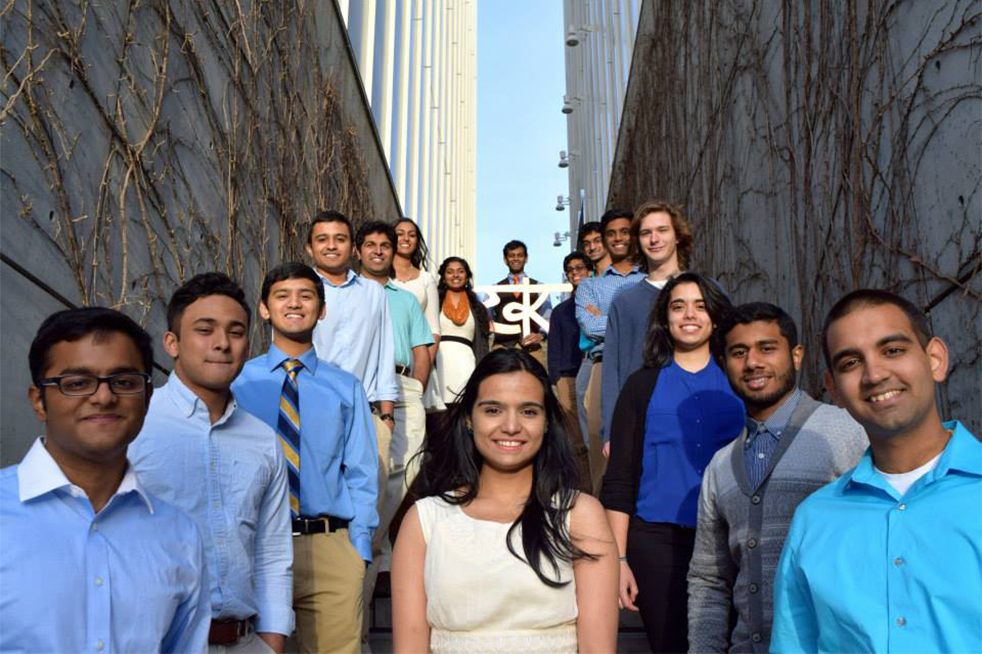Tech is home to a wide range of students from a variety of backgrounds and cultures stretching across the world, and when these students are not too busy cramming for the big test on Monday, they are pretty stellar at expressing themselves creatively. Never has this fact been more evident than with Khayaal, the annual South Asian music festival that is coming back to Tech on Feb. 21. The festival celebrates several aspects of South Asian culture in a way that cannot be seen anywhere else on campus; recently, the Technique managed to score an interview with the current Khayaal directing board.
Technique: What cultures are represented at Khayaal?
Khayaal Board: Khayaal aims to spread awareness of South Asian classical music and art. This encompasses the traditions of the Indian subcontinent, including the modern day countries of India, Pakistan, Sri Lanka, Bangladesh, Afghanistan and Nepal. South Asian classical music is one of the oldest and richest musical traditions in the world.
Technique: How did Khayaal first get started at Tech, and how has it fared each year since?
Khayaal Board: Khayaal debuted in November of 2013 as Khayaal 2013. Khayaal is now in its second year, with Khayaal 2015 taking place Feb. 21. Khayaal 2013 had an audience of about 100 people, of which about half were Georgia Tech students. This year, we project that the audience size will double, with a greater proportion of Georgia Tech students.
Technique: What is the typical structure of Khayaal each year (i.e. who plays what and how many people perform)?
Khayaal Board: The first half of the festival consists of six performances by youth or student musicians. These artists audition several months before and are reviewed and scored by a panel of professional South Asian classical music instructors in the area. Generally, these are Georgia Tech students, both undergraduates and graduates, along with a few young professionals and older high school students.
The second half consists of two performances by professional artists, invited specifically for Khayaal. These two performances are of the two prominent styles of South Asian classical music: Hindustani music, from North India, and Carnatic music, from South India. Between the two halves is a short intermission.
Technique: Could you describe the process behind preparing for the event each year?
Khayaal Board: Planning typically begins several months before the event. In our first year, we had a team of five people, each in charge of a different area. This year, we opened applications and ended up with a board of 18 people divided into four teams. Common tasks include securing a date and venue, setting up auditions, seeking sponsorships, developing a marketing strategy, publicity and several others, similar to any other campus event. The process has been extremely rewarding for us, as it enables us to spread awareness for a fantastic art form while meeting truly talented musicians.
Technique: Does the event consist of just music, or are there other forms of art or entertainment involved?
Khayaal Board: Since Khayaal is a music festival, the focus is on spreading awareness of the music. However, this year, we will feature a collection art and design work of different South Asian classical instruments on display throughout the event.
Technique: Apart from the main event coming up this month, what do you guys do throughout the year to stay active?
Khayaal Board: Aarohi as a student organization, like Khayaal, aims to promote South Asian classical music and art. While Khayaal is definitely our biggest event, Aarohi in the past has co-organized concerts for famous visiting musicians and smaller South Asian classical themed events. This coming year, we plan to organize smaller events in addition to Khayaal and are currently planning for a concert in late March/early April.
